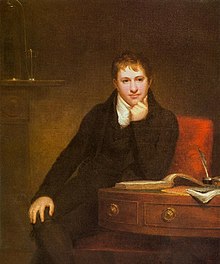Ultra Specialisation gets a lot of hype these days, but to truly innovate and push boundaries, it pays to flex a bit of your creative side.
In this highly connected and competitive world, we could be forgiven for implementing laser focus on our area of expertise. The image of the obsessive genius, hunched over a screen with lines of code, pulling all-nighters in a lab, or mercilessly re-working their business structure, is burnt into our mind as the only way to reach the top of our fields. The reality, however, is that most of the greatest innovative discoveries of the last century came from individuals who could also boast creativity for days.
Most of the most memorable names in Science are known polymaths, using their diverse knowledge bases and skill sets to innovate. But what many don’t realise is that these scientists were not just polymaths across the sciences, engineering, and mathematics, but rather musicians, artists, and poets.
It’s no accident, research has shown that not only do scientists and artists share the same psychological profile, integration between disparate fields of knowledge is what drives innovation. Here are 11 ground-breaking scientists with a little-known creative side.
1. Werner Heisenberg
Physics Laureate Werner Heisenberg, whose work in quantum mechanics and atomic particles changed the course of history, was also an accomplished pianist. Links have long been established between Music, Mathematics, and Scientific process. In fact, it were the complex patterns and structures of music that first intrigued the young Heisenberg before those of quantum mechanics did.
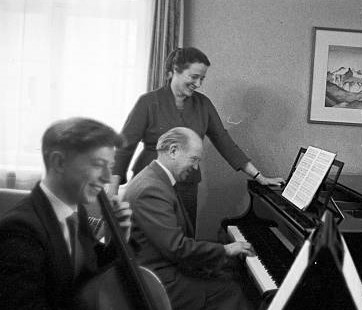
2. Hildegard Von Bingen
Like being a female scientist in the 12th century without being accused of witchcraft wasn’t hard enough, Von Bingen was true polymath. A Benedictine Abbess, she was medical practitioner and writer, and practically invented scientific natural history in Germany. She is just as well known, however, for her musical compositions and poetry. She is still studied in Conservatories around the world as one of the most prolific composers of sacred music from the time. Besides that, she is a literal Saint.

3. Carl Jung
Carl Jung’s artistic output was so prolific it could be compared to his output of psycho-analytical work. He described his engagement in art as a necessary “right of entry” into his scientific work.

4. Ada Lovelace
A mathematician and poet who was essentially the world’s first computer programmer. She worked alongside Charles Babbage to make the leap from mathematics to computer program. She found poetry in computer algorithms and view mathematics as a type of language. For her, math was a form of art capable of communicating concepts in the natural world. Perhaps her father, esteemed poet Lord Byron, also played some part in influencing her unique approach to mathematics.

5. Hilary Kaprowski
Hilary Kaprowski, virologist and creator of the world’s first polio vaccine was also an accomplished composer, arranging performances and recordings of his works, often taking time out from his research to do so.
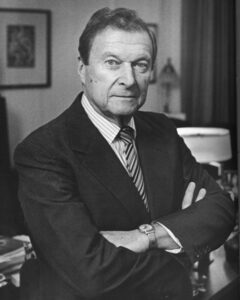
6. Louis Pasteur
Pasteur’s scientific work goes beyond pasteurization, the discovery that bears his name. He made groundbreaking discoveries in vaccines and microbial fermentation. Before alll this he was portrait artist, and a damn good one. At age 13 his mother asked him to paint her portrait and from there his interest and talent grew. He painted stunning and bold portraits of this friends and family, the collection of which you can view here.
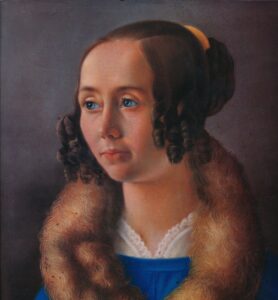
7. Mae Jemison
Talk about being over-qualified. This engineer/physician/astronaut is most well-known as the first black woman in space. Before zero gravity, however, she was defying gravity as a talented dancer and choreographer. While studying at Stanford she danced regularly in productions, and even choreographed musical productions. When confronted with the decision to pursue dancing more seriously, she was guided by her mother, “you can always dance if you’re a doctor, but you can’t doctor if you’re a dancer.”
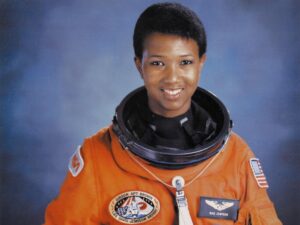
8. Santiago Ramon y Cajal
This legendary polymath laid the groundwork of modern neuroscience and the central nervous system and was the first Spaniard to win a scientific Nobel Prize. As a talented artist he used his talents to visualize and map out his knowledge of the central nervous system, works as beautiful as they are scientifically useful. You can even buy a book of his works. Bonus polymath clout: Ramon y Cajal was also an impressive gymnast and fought as a captain in the 10 Years War of Cuba.

9. Albert Einstein
Yes, Einstein too. Music was a major part of Einstein’s life from a young age. Influenced by his musical mother, he started learning the violin at the age of 6, and the instrument was never far from him, even taking breaks to play, or unwind after work. He often stated that, if it wasn’t for his work in science, he would surely be a musician. Even went his doctor advised that he stop playing the violin, he promptly started at the piano. “I live my daydreams in music. I see my life in terms of music.” Theoretic physicist/musician…. I’m starting to see a pattern.
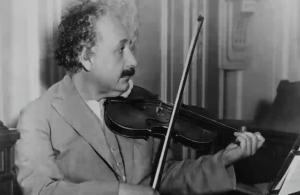
10. Satyendra Nath Bose
Creative genius loves company. In addition to working alongside Einstein in the field of quantum mechanics, Bose, like Einstein, loved playing a stringed instrument. Only in this case, it was the Esraj, an Indian instrument with the appearance of a small sitar, but bowed like a violin. He would perform for students and colleagues at the various universities he frequented.
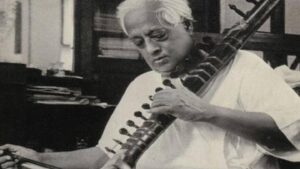
11. Humphrey Davy
Sir Humphrey Davy was a chemist with a lot of ground breaking results. He was the first to isolate some key elements using electricity, invented the Davy lamp (go figure) and created the scientific field of electrochemistry. He was also a talented poet, even receiving gracious compliments from his contemporary and renowned poet, Samuel Taylor Coleridge.
